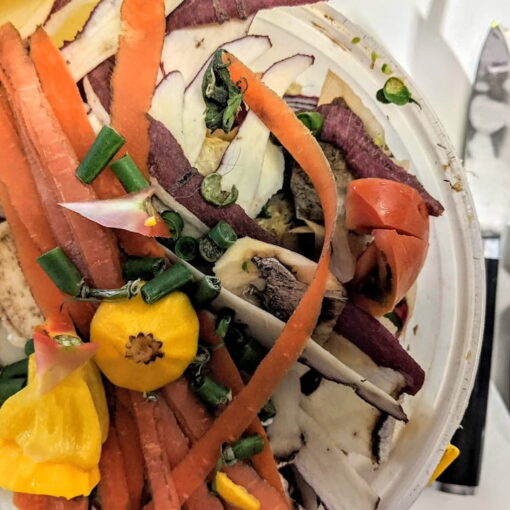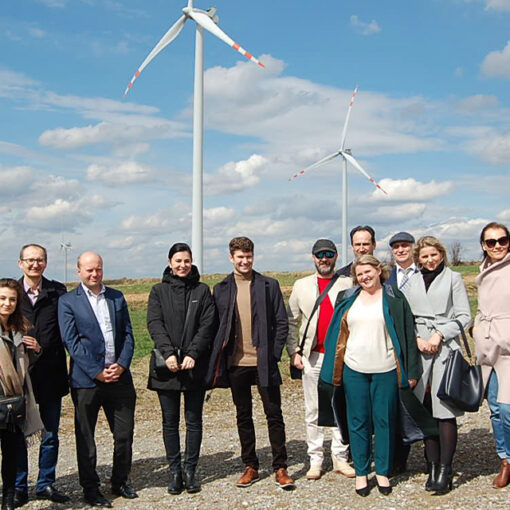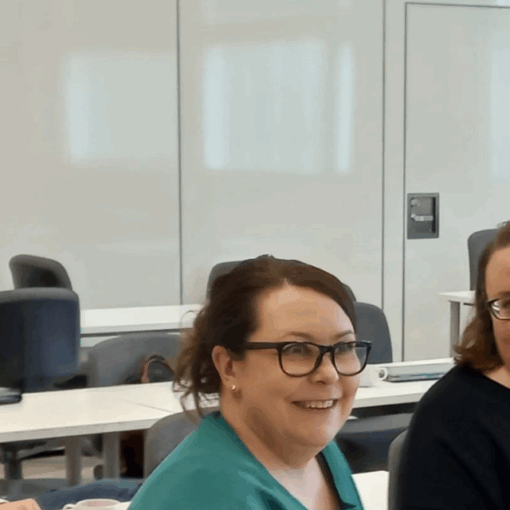Deployment of low-carbon alternatives in providing energy (power, heat and transport fuel) is necessary for mitigating the climate change and thus greening the economy. To achieve the goal of the Päijät-Häme region to be carbon neutral by 2030, the Regional Council has prepared the Päijät-Häme Climate Action Roadmap. The roadmap was approved on 12 October 2020. Various actors contributed to the roadmap content, including RESINDUSTRY – Policies for Renewable Energy Sources in Industry project. RESINDUSTRY is co-funded by Interreg Europe and aims to find solutions to regional policy challenges related to renewable energy application focusing on the industry sector, such as bioenergy.
Bioenergy originates from a versatile biomass feedstock that can be then transformed to energy (heat or power) or used as a transport fuel (IRENA 2017). RESINDUSTRY conducted a study on the biogas potential, its challenges, and possible bottlenecks in the Päijät-Häme region. The results were presented to the Climate Action Working Group, the coordinator of the roadmap, on 9 September 2020 and then, to the Regional Energy Stakeholder Group, the joint stakeholder group of the RESINDUSTRY and SME POWER projects, on 14 October 2020. The study outcomes have been included in the approved Climate Action Roadmap. Furthermore, RESINDUSTRY experts were invited to present the biogas study results in the Agro-Climate Solutions webinar, organized on 24 November 2020. A full article titled “Päijät-Hämeen materiaalipotentiaali biokaasuenergian lisäämiseksi alueella” with all the study findings was published in the LAB Pro Journal.

The potential
Agricultural waste, both manure and biomass hold great potential for biogas production. Biomass Atlas, an excellent web-based tool developed by the Natural Resources Institute Finland together with other stakeholders, was used for calculating the regional biogas potential. With the figures of available domestic animal manures and agricultural side streams, the potential for biogas could be calculated based on the Finnish Biocycle and Biogas Association’s figures for biomethane potential of different raw materials. As a result, the total potential for biogas production from agriculture-based waste was estimated to be 145 GWh/a.
The map
Along with raw potential, the placement of biogas plants was considered, as depicted on the Päijät-Häme biogas synergies map (Picture 2). Many synergies exist supporting the biogas production including the utilization of the biogas (energy production, transport, selling into the natural gas grid), utilization of stabilized sludge left from production as fertilizer, logistical and industrial symbiosis and utilization of produced CO2 (greenhouses). The evident locations of the biogas plants can be observed from the below-mentioned map (Picture 2), including the plants currently existing in Lahti, furthermore, the locations of planned plants in Nastola, and also the potential locations of not yet planned biogas plants in Orimattila.

Authors
Sami Luste (Dr.) works as a leading specialist at LAB University of Applied Sciences. He has research expertise with a 13 year working experience from several national and international projects regarding bioeconomy, bio-based material management and industry co-operation.
Paavo Lähteenaro works as an energy expert at LAB University of Applied Sciences, working in the RESINDUSTRY project with the aim of furthering the adopting of renewable energy use in industry.
Katerina Medkova works as an RDI specialist at LAB University of Applied Sciences and is the RESINDUSTRY Project & Communication Manager.
References
IRENA. 2017. Doubling Bioenergy Use Essential for Global Sustainability. [Cited 5 Nov 2020]. Available at: https://www.irena.org/-/media/Files/IRENA/Agency/Topics/Climate-Change/IRENA_Doubling_bioenergy_use_2017.pdf
Links
Link 1. Päijät-Hämeen Liitto. 2020. Ilmastotiekartta. [Cited 7 Nov 2020]. Available at: https://paijat-hame.fi/ilmastotiekartta/
Link 2. Interreg Europe. 2020. Project Summary. RESINDUSTRY. [Cited 7 Nov 2020]. Available at: https://www.interregeurope.eu/resindustry/
Link 3. Lähteenaro, P., Medkova, K. & Luste, S. 2020. Päijät-Hämeen materiaalipotentiaali biokaasuenergian lisäämiseksi alueella. LAB Pro. [Cited 4 Feb 2021]. Available at: https://www.labopen.fi/lab-pro/paijat-hameen-materiaalipotentiaali-biokaasuenergian-lisaamiseksi-alueella/
Link 4. Biomass Atlas. 2021. Biomass atlas makes Finnish biomass maps freely available to everyone. LUKE. [Cited 4 Feb 2021]. Available at: https://www.luke.fi/biomassa-atlas/en/
Link 5. Finnish Biocycle and Biogas Association. 2021. [Cited 4 Feb 2021]. Available at: https://biokierto.fi/in-english/
Pictures
Picture 1. Skitterphoto. 2016. Cow’s on Grass Field Under White Sky. Pexels. [Cited 4 Feb 2021]. Available at: https://www.pexels.com/photo/cow-agriculture-beef-livestock-66400/
Picture 2. Lähteenaro, P. & Rouhiainen, O. 2020. The Päijät-Häme biogas synergies map. [Cited 4 Feb 2021]. Available at: https://www.labopen.fi/lab-pro/paijat-hameen-materiaalipotentiaali-biokaasuenergian-lisaamiseksi-alueella/




